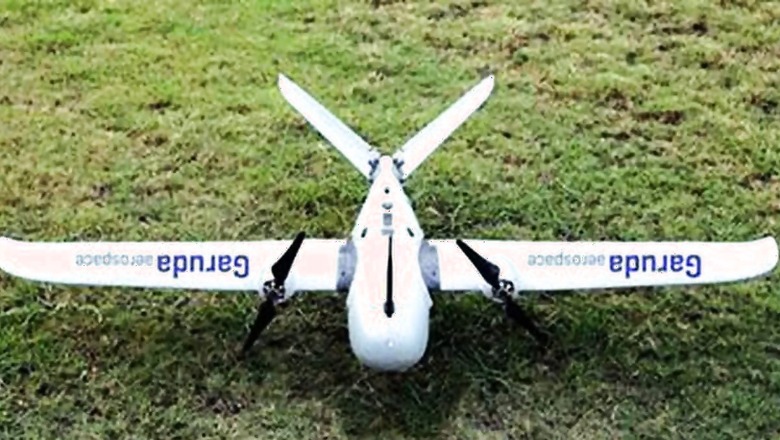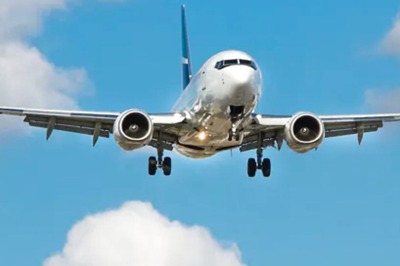
views
Heavy rains have been battering northern India for the past few days and have claimed several lives in landslides and other weather-related disasters. As the India Meteorological Department (IMD) has predicted heavy rainfall in the northern and eastern parts including Himachal Pradesh, West Bengal, Sikkim, Arunachal Pradesh, Assam, as well as Meghalaya, and issued a red alert in Uttarakhand, drones are already being deployed to help people in some of the affected areas.
Tamil Nadu-based Garuda Aerospace told News18 that it is deploying its logistics and delivery drones in Assam as well as Himachal Pradesh and supporting the National Disaster Response Force (NDRF).
Agnishwar Jayaprakash, Founder and CEO of Garuda Aerospace, further explained the current operations. “The drones are being used to deliver food, water, and necessary medicines. Garuda drones are playing a major role in supporting NDRF rescue efforts and the supply of essential supplements,” he said.
While talking about the current situation, he said that at the moment in Guwahati, Assam, the situation is under control, and Garuda Aerospace has deployed two drones with a team of four pilots each. “These drones are being used for supplying medical and food supplements. However, as the situation is now stable, the drones are being sent back and forth as needed,” said Jayaprakash.
The situation in Himachal Pradesh is grim and Garuda Aerospace has deployed two drones with teams of four pilots each. Jayaprakash said that similar operations will take place in this region. “Before deploying the drones, it is necessary to assess the weather conditions to ensure safe operations. Once the weather conditions are suitable, the drones will be utilised for delivering essential supplies,” he said.
When Prime Minister Narendra Modi launched 5G telecom services in October last year, experts stated that a 5G-enabled ecosystem for drones will open up new doors of opportunity, particularly in disaster management, rescue and relief operations.
Drones are versatile tools that can be used to help in a variety of ways during floods and heavy rains. They are relatively inexpensive to operate and can be deployed quickly and easily. As a result, drones are becoming increasingly popular as a tool for disaster response.
Apart from delivering supplies, unmanned aerial vehicles (UAVs) can be used to survey flooded areas to assess the extent of damage and identify regions where people may be stranded. They can also be used to track the movement of floodwaters and identify areas that are at risk of flooding.
Drones can also be used to map flooded areas to create accurate records of the damage. This information can be used to help with recovery efforts and to plan for near-future floods. These can also provide communication links in areas where traditional communication networks have been disrupted by flooding and this could be used to help coordinate rescue efforts or to provide updates to the public.
The benefits of using drones during floods and heavy rains are many. First of all, drones can fly in low-visibility conditions, such as fog or heavy rain, making them ideal for use in situations where traditional aircraft cannot operate.
Similarly, drones can fly close to the ground, which allows them to get detailed footage of flooded areas. They can also be equipped with a variety of sensors, such as thermal cameras and LiDAR scanners which can be used to collect data that would be difficult or impossible to collect using other methods.




















Comments
0 comment